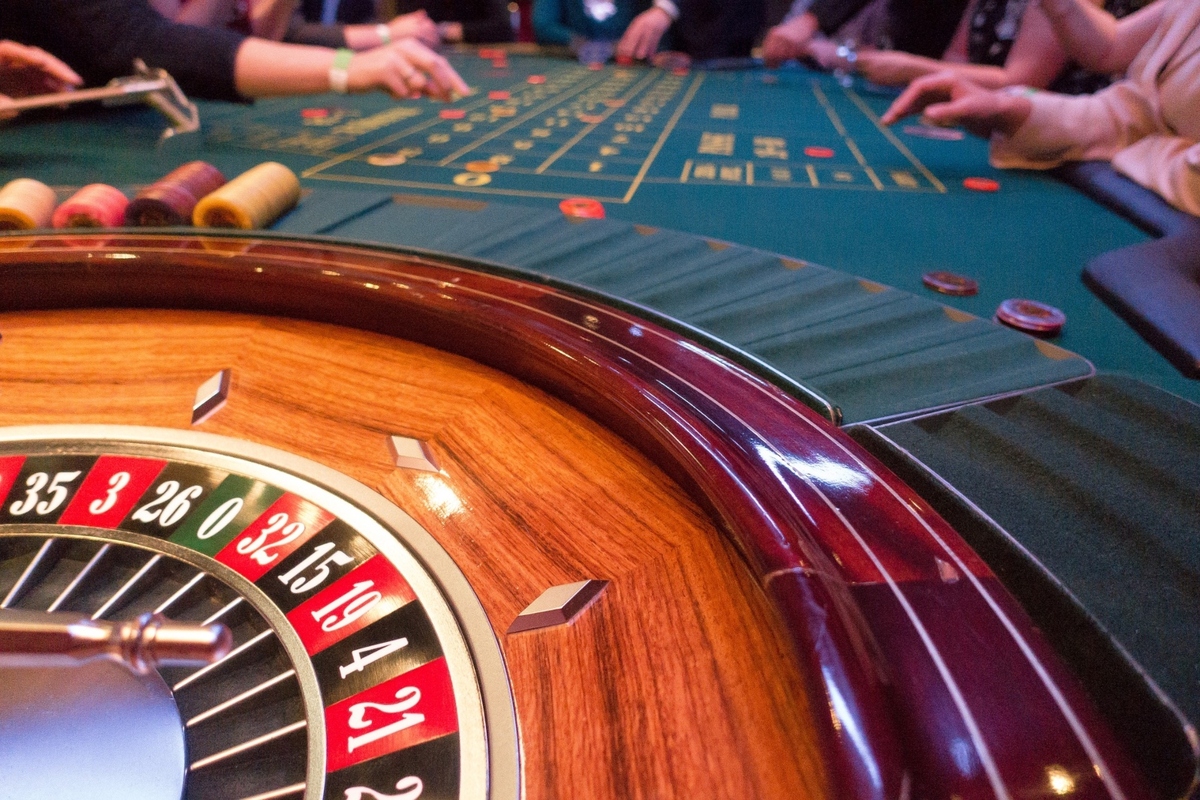
In the world of casino games, very few skills are as essential and mysterious as the skill of bluffing. Honing the skill to convincingly depict a false story can be the key between a small win and a life-changing jackpot. Bluffing is not merely about trickery; it involves a deep understanding of human psychology, strategy, and the dynamics of the tables. Whether you’re playing Texas Hold’em, Omaha, or any number of other popular versions, the subtleties of bluffing can elevate your game and keep your opponents on their toes.
As players convene around the table, the stakes rise, and the pressure thickens. It is within this charged atmosphere that the true mastery of bluffing becomes apparent. Knowing when to set a trap, when to fold, and when to execute a strategic bluff requires an keen awareness of not only your own hand but also the behaviors and tendencies of your opponents. In this exploration of the art of bluffing, we will explore techniques, psychological tactics, and the delicate interplay of risk and reward that define this captivating aspect of casino games.
Grasping Bluffing Methods
Deception is a crucial part of the game of poker that can turn the tide of a game in an eye blink. It requires convincing your adversaries that you hold a more powerful set of cards than you truly do. The key to successful deception is in the subtlety of your tactics. A skillfully deployed bluff requires a deep grasp of your opponents’ tendencies and the interactions of the table. Knowing when to bluff involves assessing the power of your hand and deciding if the hazard is balanced by the possible gain.
There are various strategies implemented by players to improve their deceptive strategy. One popular approach is the semi-bluff, where a player wagers with a set that is not at present the strongest but has the ability to improve. This method allows players to build a pool while still keeping the option of a powerful hand in future plays. Additionally, the time-honored saying "timing matters" holds true in poker. Deceiving at the appropriate times, such as when the board presents an unfortunate scenario for your rivals, can make your deception significantly persuasive.
Analyzing your competition is an essential skill for any successful deceiver. Observe for telltale signs that suggest whether a participant is self-assured or timid. Subtle shifts in posture, betting habits, and response times can provide valuable insights. Additionally, understanding the psychology of the game allows players to adjust their tactics. A strong deception not only relies on the combination in hand but also on the story you create throughout the game, causing your rivals to doubt their own judgments and conclusions.
Psychological Aspects Behind Bluffing
Bluffing in poker is fundamentally rooted in the psychology of both the the player who bluffs and the opponent. At the core, bluffing exploits the doubt and fear of loss that players experience. Successful bluffers recognize that their opponents are not just reacting to the hand, but also to the assumed confidence and actions of their opponent. By displaying strength through bet sizes and physical cues, a player can influence their rivals into folding superior hands, taking advantage of the mental pressure established in the moment.
Managing emotions is a crucial aspect of successful bluffing. Players must manage their own emotions while also reading the reactions of their opponents. A good bluffer stays calm and collected, keeping away from any signs of nervousness or doubt. This emotional stability helps to strengthen the story of strength they are trying to project. not on Gamstop Conversely, opponents who detect fear or uncertainty are more likely to challenge a bluff. Therefore, the ability to maintain calmness under stress is a crucial psychological skill for every effective poker player.
Understanding the opponent’s mindset is equally important in the craft of bluffing. Each player brings their own set of preconceptions, biases, and experiences to the table, which can affect their decisions. A keen observer will evaluate their opponents’ playing styles and tendencies, making educated guesses about how they might react to a bluff. By tailoring their strategy based on these insights, bluffers can improve their effectiveness and increase the likelihood of realizing their desired outcome, highlighting the idea that successful poker is as much about psychology as it is about the gameplay.
Examples of Successful Bluffs
An iconic of the most famous bluffing moments in poker history occurred during the 1999 World Series of Poker final table involving the legendary Phil Ivey. Facing a formidable opponent, Ivey found himself holding an unimpressive hand while his rival appeared to have a robust set. With carefully considered confidence, Ivey threw all his chips into the pot, a move that created shockwaves through the table. His opponent, overwhelmed by the pressure of Ivey’s reputation and the sheer force of the bet, ultimately folded, allowing Ivey to win the pot without revealing his cards. This moment demonstrates how a well-timed bluff can leverage mental pressure to achieve victory.
A further example occurred at the 2003 World Series of Poker, where amateur player Chris Moneymaker induced a fold from professional player Sam Farha. Moneymaker held a poor hand yet expertly portrayed strength, culminating in a large bet on the river that had Farha questioning his own holding. The tension at the table escalated as Moneymaker kept a calm demeanor, leading Farha to critically evaluate the situation before choosing to fold a superior hand. This pivotal bluff not only marked Moneymaker’s rise to fame but also showed how even outsmart seasoned professionals with the right mix of courage and strategy.
In conclusion, one of the most effective bluffs in tournament history can be attributed to Gus Hansen during the 2007 Aussie Millions Poker Championship. Hansen played aggressively, often using his reputation as a wild player to create doubt in his opponents’ minds. During a key hand, he found himself with a low pair against an opponent who had shown previous strength. By placing a massive bet that signaled a strong hand, Hansen compelled his opponent into a tough decision. After a lengthy deliberation, his rival folded, and Hansen revealed his weaker cards, showcasing how a mixture of reputation and strategic bluffing can turn the tide in critical situations.


